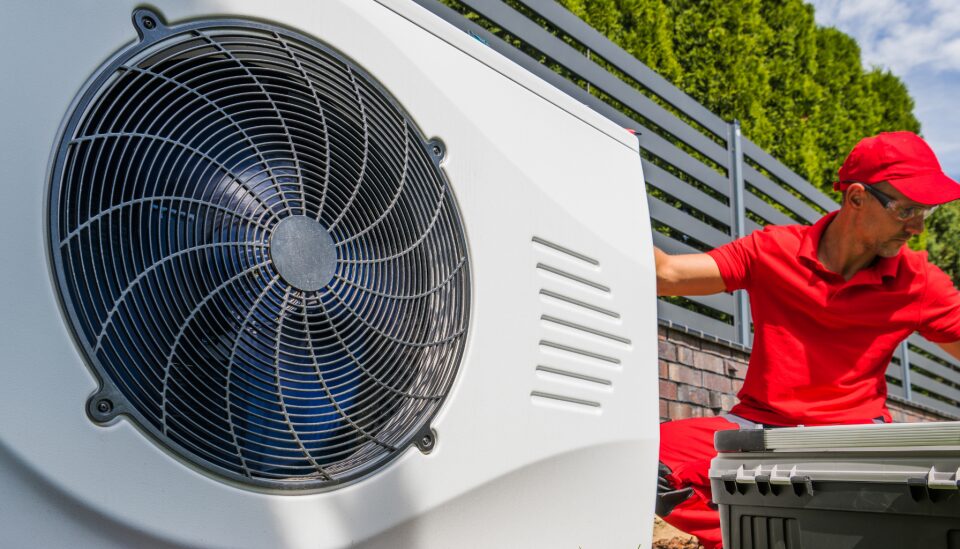Maintaining your heat pump is crucial to its longevity and efficiency, but what are the key steps homeowners need to take? In this episode of Homeowners’ Q&A, we bring together a panel of experts to answer just that. Harland from Guscott Heating Services, David Stanford from Genous and Daniel Davies, Wales and Northern Ireland Installer of the Year 2024, discuss essential heat pump maintenance and servicing practices that every homeowner should know.
So, what can you do? Harland emphasised the importance of keeping the outdoor unit clean, sharing a real-world example of a heat pump clogged with hay and debris from a nearby stable. This is a crucial step to ensure optimal performance, particularly during the winter when debris could interfere with defrosting cycles.
David Stanford underscored the need for regular annual servicing, much like a boiler, but added that heat pumps are easier to maintain than traditional systems. He walked us through some of the most important checks, such as monitoring pressure levels, ensuring fins are clear and performing a visual inspection of the system’s parts.
Daniel Davies suggested that monitoring your energy costs is a good way to detect any issues early on. A spike in energy usage could indicate that your immersion heater is kicking in too frequently, a sign that your heat pump might need attention.
And finally, don’t forget to schedule regular checkups with your heat pump installer. Building a strong relationship with a local expert is key to ensuring your system runs smoothly for years to come.
Thank you to Eve Systems for sponsoring this episode.



Somewhat surprised at suggestion to use 3 or 4 degree setback.
With properly setup weather compensation it will take hours to get back to temp.
I’d suggest max setback (if any) should be 1 deg
Great prize